I bought a couple components for a quick project and like to know all of the math behind the voltages / current / resistance before I hook stuff up. For example, I bought multiple vibration motors off Amazon. They are small and cheap, but I cannot find any IV curves. https://www.amazon.com/tatoko-Vibration-Button-Type-Vibrating-Appliances/dp/B07Q1ZV4MJ/ I look through this and find only "DC 3V". On other products which look the exact same with DC 3V, I find that it pulls 80mA at 3v.
How is one supposed to find a reliable IV curve before you buy? What if my project requires it to be only 20-40mA? Just like an LED, I may want different intensities (not counting PWM).
Is the IV curve the right thing to be looking for, or is there some underlying database that I am looking for? Thanks for the input on how you find what to use.
